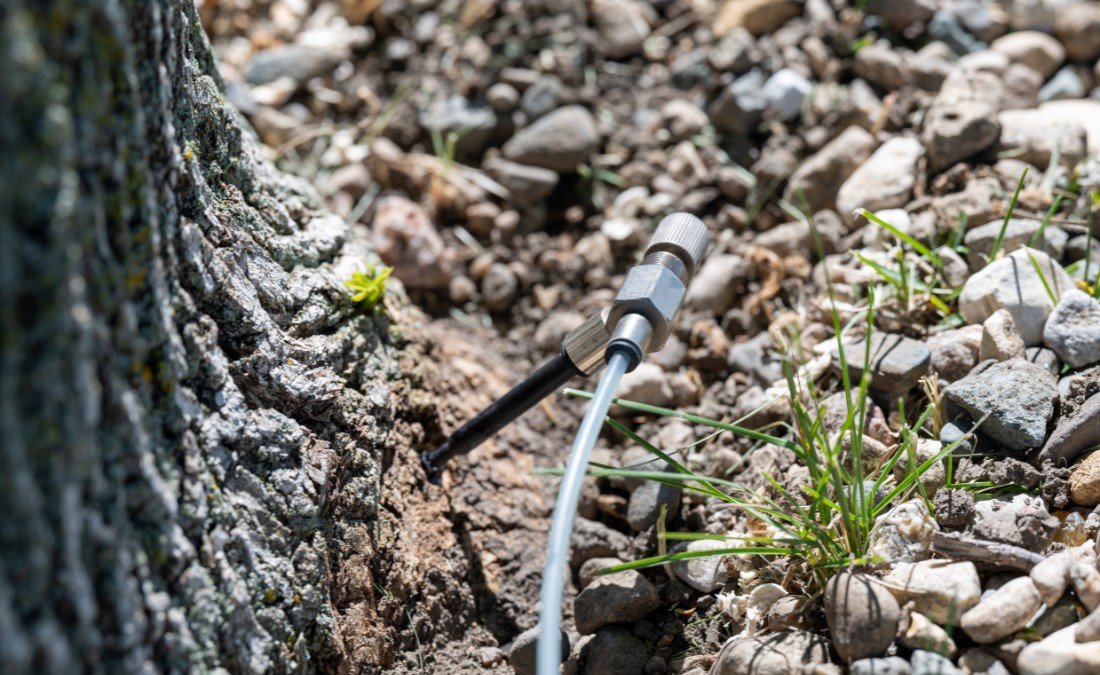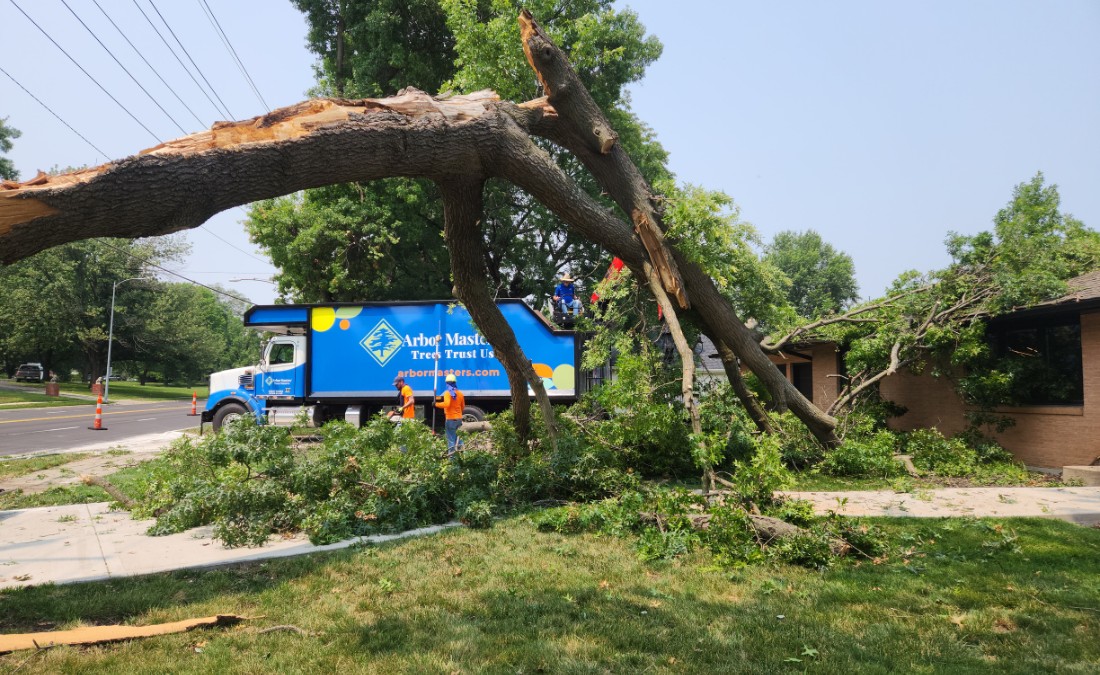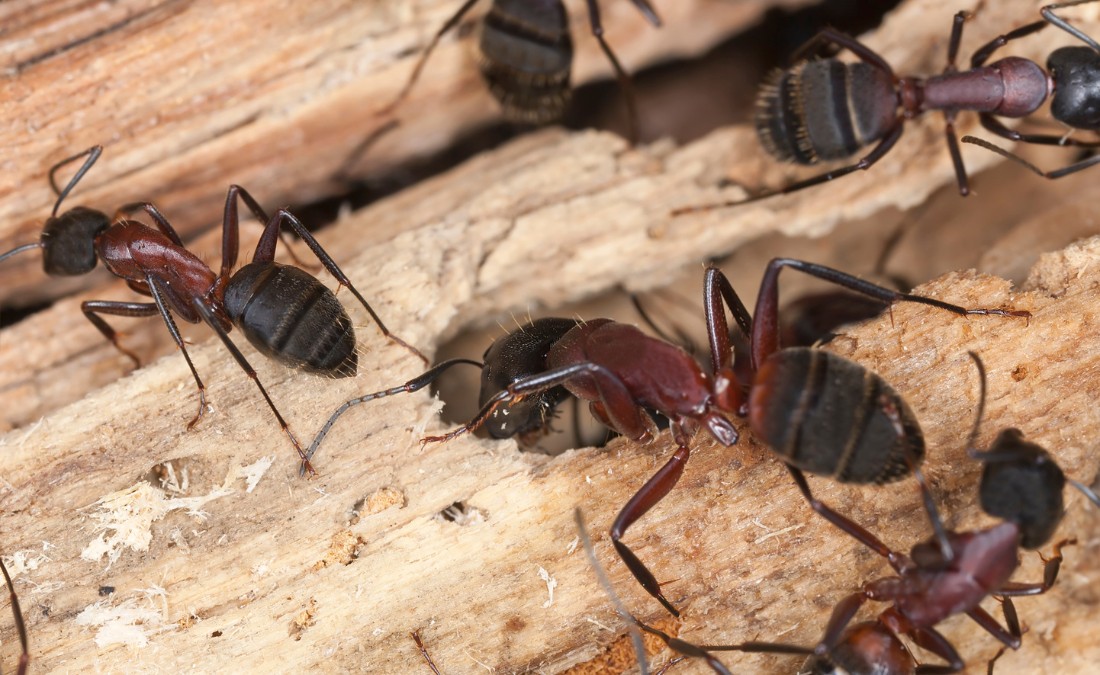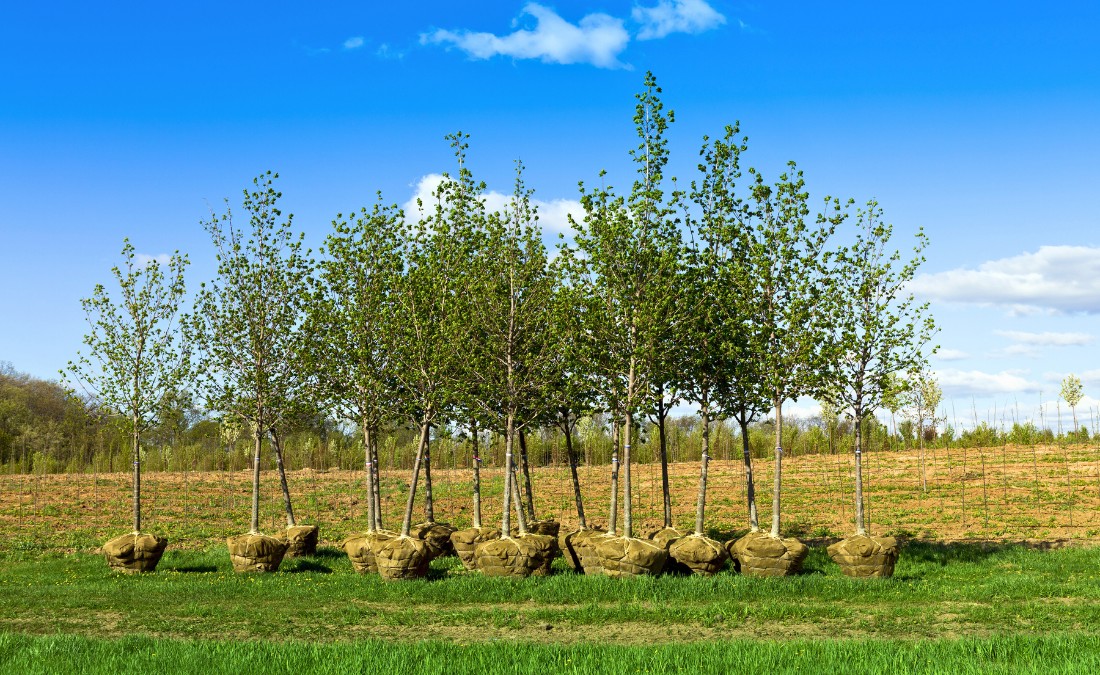Why Are My Pine Trees Dropping Needles? Signs & Solutions

Is pine needle drop a danger for your trees or part of a natural process? Read more to find out signs of natural needle drop and what indicates stress.
Every autumn, we get calls from concerned homeowners asking why their pine trees are suddenly yellowing and dropping needles. But is this something to be alarmed about, or is it just a natural cycle for your tree? Keep reading for answers to all your questions about pine needle drop, and be sure to reach out to your certified arborist if you have any questions.

What is pine tree needle drop? Is it normal for pine trees to drop needles?
Needle drop is the natural process whereby trees shed their needles.
This process can be caused by one of two things.
- Pine needle drop is a normal cycle for the tree to experience, typically in autumn.
- It can also be indicative of a disease or drought that’s stressing the tree. If this is the case for your tree, you will want to contact our team ASAP for a consultation.
When do pine trees drop their needles?
Needle drop typically occurs in autumn or early winter, when trees enter a period of dormancy.
However, you can also see it outside of that timeframe. Needle drop caused by stress, such as drought or disease, can occur at any time of the year.

What is needle drop? Which symptoms of needle drop cause concern?
- Yellowing or browning of the needles
- Premature needle drop
- Thinning of the crown
- Dying branches
Need more information? Learn more about natural needle drop on evergreens or common pine diseases you need to be concerned about.
Do pine trees drop needles all year?
No, needle drop is a seasonal occurrence; it normally happens only in fall or early winter. However, if your tree is experiencing needle drop outside of the typical timeframe, this could indicate a problem.
What are the causes of needle drop?
There are several potential causes of needle drop:
- Normal shedding as part of the tree’s dormancy cycle
- Environmental stressors, such as drought or disease
- Damage to the tree, such as from pests or heavy winds
- Improper care, such as over- or under-watering
If you suspect that your tree is experiencing needle drop because of something other than its natural dormancy cycle, be sure to reach out to our team for a consultation. We will be able to help you determine the cause.
What tree diseases cause needle drop in pine trees?
There are several diseases that can cause needle drop, including:
- Dothistroma needle blight
- Fusiform rust
- Pine wilt disease
- Swiss needle cast
If you think that your tree may be suffering from one of these diseases, be sure to reach out to our team for a consultation. We can help you confirm the diagnosis and develop a treatment plan.
What are the consequences of needle drop?
While needle drop is a natural process, it can cause problems for property owners, particularly if the needles fall on cars or other vehicles parked beneath the trees. If you have needle drop happening on your property, be sure to rake up the fallen needles and dispose of them properly.
How can I prevent my pine trees from dropping needles?
There is no surefire way to prevent needle drop, as it is a natural process. However, you can help your tree by ensuring that it receives the proper care and attention. This includes watering it regularly (but not too much), fertilizing it as needed, and pruning it properly.
Why do pine trees drop their needles? Is it bad or good?
Evidence of needle drop does not have to be a bad thing. This process can be a natural occurrence for interior needles that are between two to four years old. In this case, it is a natural phenomenon and nothing of concern. However, if it is more noticeable than in other years, it could be the result of something more significant like disease or drought.
What are the consequences of needle drop? How can I prevent needle drop?
Needle drop can cause problems for evergreen trees, as they can lose a significant amount of their foliage. This can lead to decreased photosynthesis and reduced growth. Needle drop can also make trees more susceptible to wind damage and soil erosion.
There is no guaranteed way to prevent needle drop, but there are some things you can do to minimize the risk. These include:
- watering your trees regularly, especially during dry periods
- feeding your trees with a balanced fertilizer
- pruning your trees regularly to remove dead or diseased branches
- protecting your trees from stressors such as drought, disease, and pests
What do I do now?
If you are not sure what the cause of your needle drop is, call your certified arborist today. Here at Arbor Masters, we care about trees and want to help you create an environment for your trees to thrive. Call today to schedule an appointment.
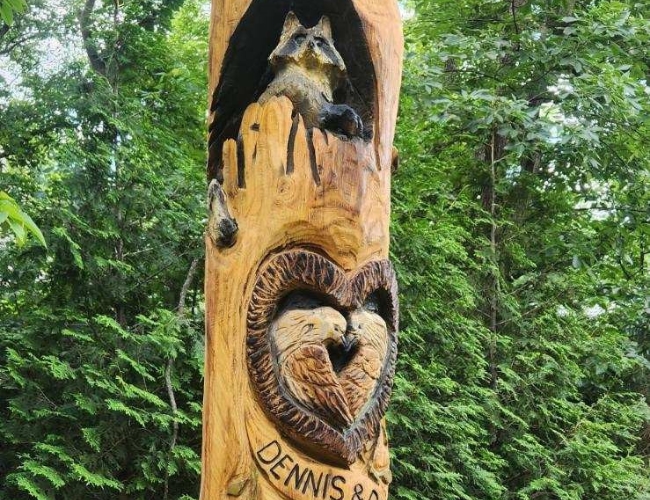
Want More Like This?
Get the latest local news, tree care tips, special offers, and company updates directly to your inbox! It's easy to subscribe and there's no spam - we promise.
"*" indicates required fields


